

Element Mapping
Small differences in the average weight of common elements occur naturally in the environment.
Forensics
Elemental signatures are locked into our bones, teeth, and hair as they grow, reflecting the environment we live in.
POW/MIA
When remains of service members are returned to the USA, this information can help establish their identity.
You can help
By filling a bottle or sharing extracted teeth, you can help us map these chemical signatures to make IDs.
Human Teeth
Our teeth grow early in life, and as they form they record the isotope chemistry of the environment we live in. This record isn't a perfect copy, but more like a code. Teeth preserve these signatures in their enamel throughout life. If we understand how the local isotope signatures are recorded in the enamel...how to 'decode' the signals...we can use isotope values measured in teeth to learn where an individual lived as a child.
Project FIND-EM is developing a database that will allow scientists to break the enamel isotope code. We are working with individuals, dentists, and dental schools to collect thousands of teeth extracted during routine dental work. We also collect basic life history information from donors, providing the 'key' needed to unlock the isotope code.
If you saved your wisdom teeth or are planning to have them extracted, please consider participating in this paid research study by filling out our brief survey. If your teeth would improve our database, a team member will contact you with more information.


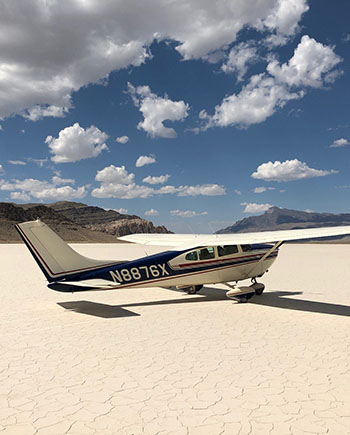
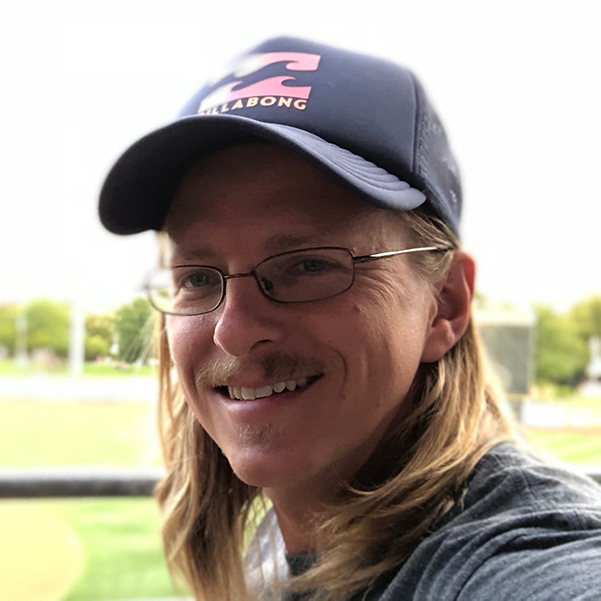
Principal Investigator

Study Coordinator

Postdoctoral Researcher
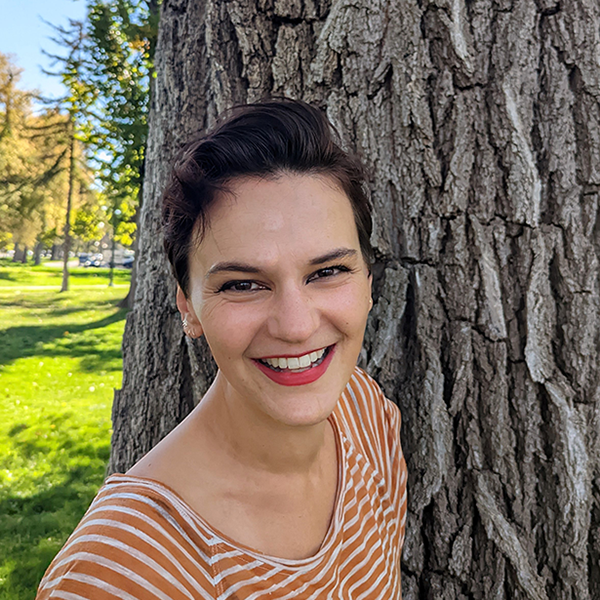
Postdoctoral Researcher

Lead Technician
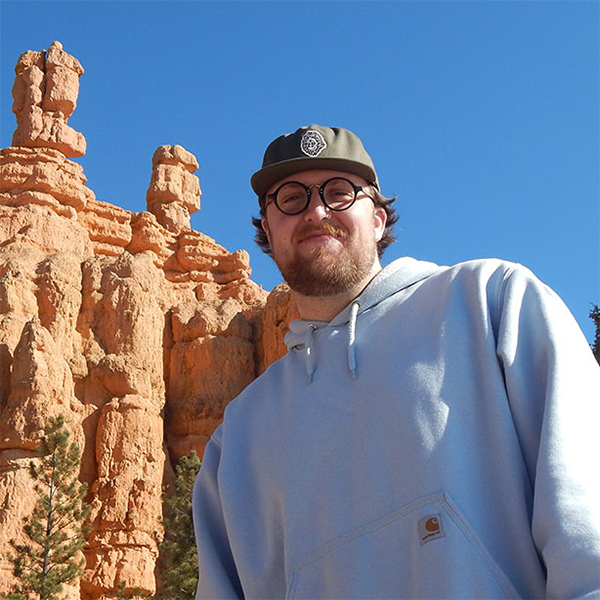
Technician
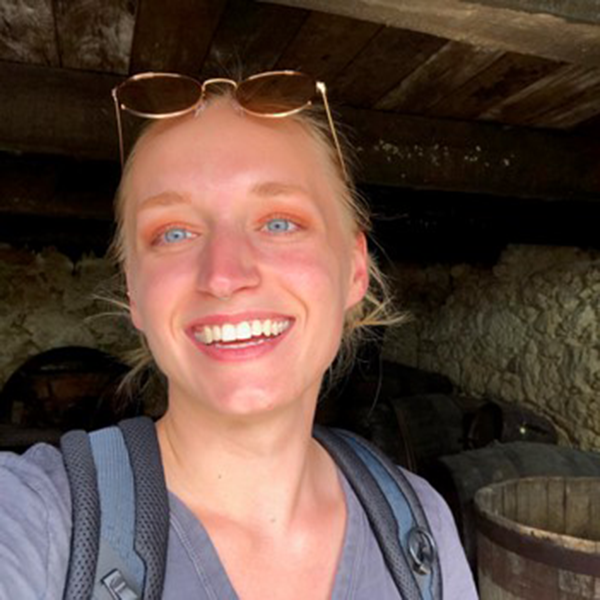
Technician

Technician
Salt Lake City, USA
Phone: 801-587-8845
Email: find-em@utah.edu